
Dresden — an East German city behind the Iron Curtain for 45 years.
Dresden — the place that the Allied Forces bombed the hell out of in World War II — to the point where it was the closest a European city has seen to the devastation of an atomic bomb; the bombardment so vicious that it sucked the oxygen out of the air — pulling people into the fire storm, and leading tens of thousands to die of asphyxia.
Dresden — the scene of the bombing that inspired Kurt Vonnegut to write Slaughterhouse Five.
I found myself in Dresden, Germany in 2006 — there to represent the company at a product user group. It was my first time in a city that had been behind the Iron Curtain. I felt the vibe of the city, and have gathered recent information to provide the latest ignorant travel guide here.
1. In the Heart of East Germany
Dresden is located in the far southeastern part of Germany — near Czecholovakia (50 miles away to its immediate South) and Poland (100 miles away to its immediate East). I took an international flight from NYC to Hamburg, and then a regional flight from Hamburg to Dresden.
Dresden is the 7th largest German city, with just over 500,000 people. It is the capital city of the Saxony region, which itself is one of Germany’s 16 states. Saxony is not to be confused with Old Saxony, which is to the north in Germany by the North Sea, and is where the ancient Saxons lived in the Middle Ages.
The current Saxony region is known for its Ore Mountains and the scenic Elbe River valley. The Elbe River cuts through the heart of Dresden. Just to the Northwest is Leipzig — the largest city in Saxony; it has over 600,000 people.
2. Dresden’s Train Stations
Getting Into Town from the Airport
You can take the train to downtown Dresden from and to the airport for about $2 — arriving at one of Dresden train stations — the train station at Innere Neustadt in 15 minutes, or the Central Station in old town in 20 minutes. You can then walk to your hotel if you are staying downtown, or take a quick taxi ride.
Both train stations are impressive, with high-arc-ed ceilings. The bigger of the two is the Central Train Station — Hauptbahnhof — which is in the southern part of downtown. Hauptbahnhof features an amazing high-arc-ed ceiling. You feel like you are in a World War II movie. Central Station opened in 1892, and indeed the Nazis operated it in WW II.
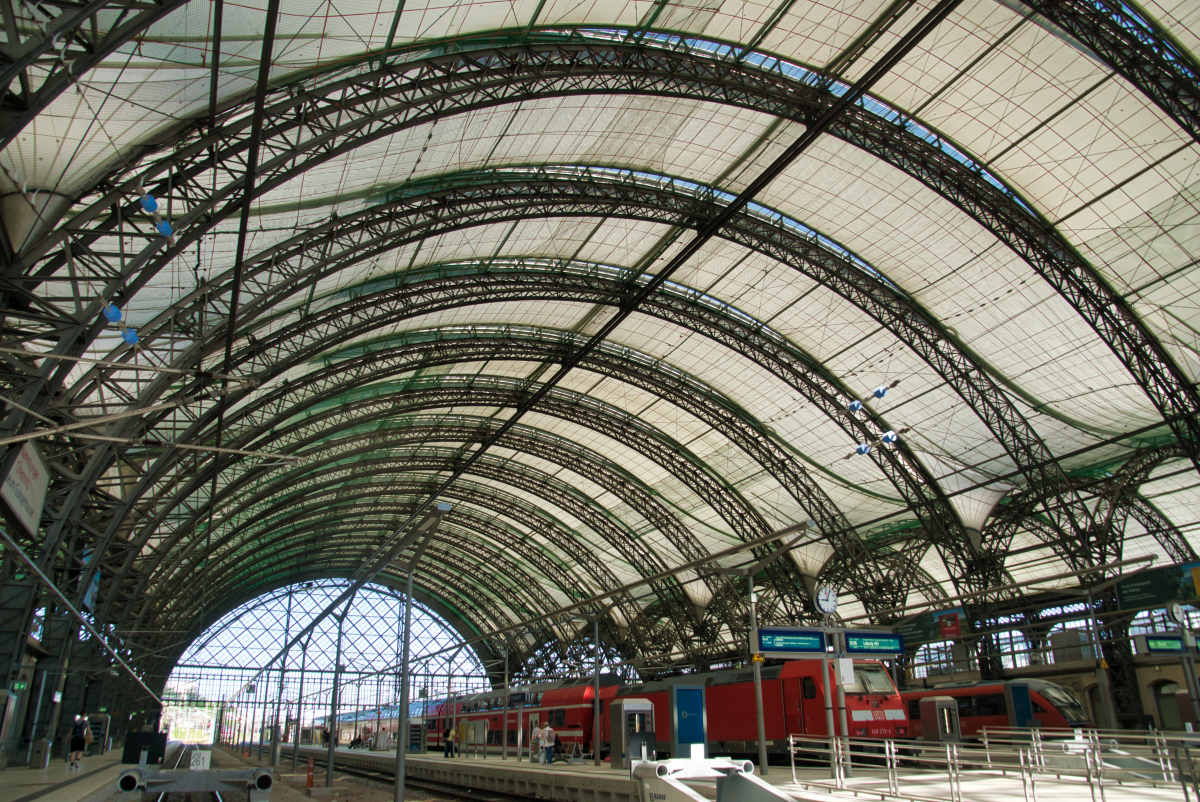
3. The Bombing
I knew the bombing was bad, but it wasn’t until I visited the Frauenkirche — a famous church that was destroyed during the bombing but has now been reconstructed — and started reading the placards of the bombing by the church, that I started to understand how bad it was.
I think it is hard to visit Dresden without coming away with this knowledge; it is part of the trip. The bombing of Dresden occurred February 13-15, 1945. The English Air Force bombed by night; the American Air Force bombed by day; continuously, with incendiary phosphorous bombs.
A firestorm engulfed major parts of the city, including its Old Town. Over 25,000 people were incinerated or died from lack of oxygen.
You can do a quick search on the internet for details of the bombings; here are a few eyewitness reports:
“We saw terrible things: cremated adults shrunk to the size of small children, pieces of arms and legs, dead people, whole families burnt to death, burning people ran to and fro, burnt coaches filled with civilian refugees, dead rescuers and soldiers, many were calling and looking for their children and families, and fire everywhere, everywhere fire, and all the time the hot wind of the firestorm threw people back into the burning houses they were trying to escape from.” — Lothar Metzger, survivor
“Suddenly, I saw people again, right in front of me. They scream and gesticulate with their hands, and then—to my utter horror and amazement—I see how one after the other they simply seem to let themselves drop to the ground. (Today I know that these unfortunate people were the victims of lack of oxygen.) They fainted and then burnt to cinders.” — Margaret Freyer, survivor


Slaughterhouse Five
Kurt Vonnegut wrote Slaughterhouse Five, and published it in 1969. It is a semi-autobiographical science fiction story which draws on his first-hand experience in the Dresden bombings. He was a captured American soldier, assigned as a prisoner to a slaughterhouse in downtown Dresden — and survived the bombing because the slaughterhouse offered protection — it being in a vault underground.
The book was banned in Levittown, New York in 1975, North Jackson, Ohio, in 1979, and Lakeland, Florida, in 1982 for its “explicit sexual scenes, violence, and obscene language.”
4. The Church
The Frauenkirche Church sits at the heart of Dresden — both in location and in soul.
The church was decimated in the Dresden bombing. It is written that after withstanding 2 days of 1000-degree F heat generated by the 650,000 incendiary bombs dropped on the city, its dome collapsed, plunging to the ground below. Over 300 people who had taken refuge in the church’s basement were able to escape in time — getting out due to the extreme heat that was robbing oxygen from the air.
The church pillars glowed bright red from the heat and soon exploded; the outer walls shattered and 6,000 tons of stone plunged to earth.
The church lay in ruins on purpose for 50 years as a war memorial under East German Communist rule. After the communist party fell, the new unified German government began a reconstruction project.
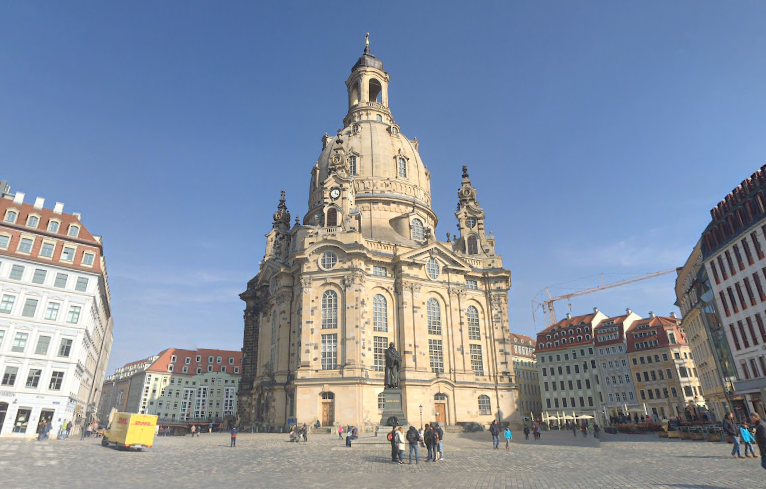
5. The River
The Elbe River cuts through Dresden — and goes right by the Frauenkirche Church. In the placards by the church it was written that during the bombing, many people at some point ran to the river for refuge (and air). It’s hard to find this information on-line.
Today, you can take a boat tour up and down the Elbe river. The boats for tours leave directly from the old town, under the Brühlsche Terrasse. You can purchase a boat tour for under $15 a person.
6. The Architecture
After the war, Dresden was reconstructed in communist style architecture — a lot of plain, box-like apartment buildings — with the building financed by the British. This style of building still pervades Dresden — intermixed with buildings of the Rennaisance, the The Baroque period (1600 – 1750), and the 19th century (1800s) — which are prevalent in the “old town” section of the city, near the Frauenkirche Church.
7. The Old Town — Innere Altstadt
Once upon a time, Dresden was called Florence on the Elbe — it was Germany’s art and culture capital. You can see remnants of this time in the old town section of the city — Innere Altstadt (Inner Old City — the part of town that was within the old city’s fortification walls) — which are the blocks on the south side of the Elbe River (Left Bank), just south and west of the Frauenkirche Church.
Remember this part of town — being closer to the Central Train Station — was especially DEVASTATED in the bombing. Over 20,000 dead. Places to see on your short walk amongst the ghosts:
- Neumarkt Square (which is right by the church) — gabled houses which were constructed during the Renaissance and added to during the Baroque period.
- Semper Opera House
- Zwinger Palace — originally designed as an orangery and setting for cout festivities, it was later used for exhibitions. Build in 1710-1728, it is considered a perfect example of late Baroque architecture.
- Stallhof and Procession of the Princes — tournaments amongst knights took place here in the middle ages; the Procession of the Princes is a huge, long mural on the outside of the Stallhof.
- Royal Palace — built in the 1400’s
- Cathedral — the largest church in Saxony, built during the Baroque period.
- Academy of Arts — a complex of buildings built in the 1890s.
- Bruhls Terrace and Dresden Fortress — the fortress is a ring of walls surrounded by a water moat; atop it lies Bruhls Terrace. They are considered to be the oldest Renaissance structures in the city.
- Kreuzkirche Church — built between 1764-1800 — considered the late Baroque-early Classicistic period.
8. The Streets & Vibe — Post Iron Curtain
But much more interesting to me than the old town area and its architecture — is the downtown Dresden area on the other side of the River Elbe — the north side — which is called the Right Bank.
Here is everyday-walk-of-life downtown Dresden, with coffee shops and restaurants and grocery stores. It is called Innere Neustadt — and has been associated with counter-culture — it is Dresden’s equivalent to NYC’s lower East side.
The name Innere Neustadt (‘inner new city’) comes from this section of town having been inside the old city’s fortification wall.
The fact that this city was behind the Iron Curtain for so many years, and so many of its residents having grown up in that societal background — pervades your thoughts as you sit in a coffee shop with your laptop, working, watching the people come in and go.
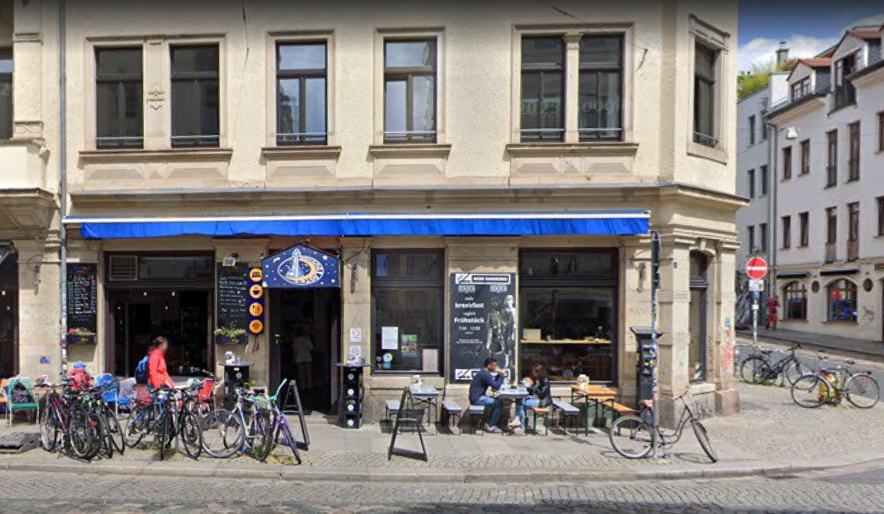
9. The Graffiti
Innere Neustadt is marked by a ton of graffiti and street art — on classically Baroque buildings on narrow winding streets. It is a wonderful walking part of town. The destruction within Neustadt during the bombing was extensive but not as comprehensive as within ‘old town” Altstadt to the south.
Stop into a cafe and have a cappuccino while feeling the vibe of locals coming in and out. It is pleasantly the same as anywhere Earth, except everyone is speaking in German.
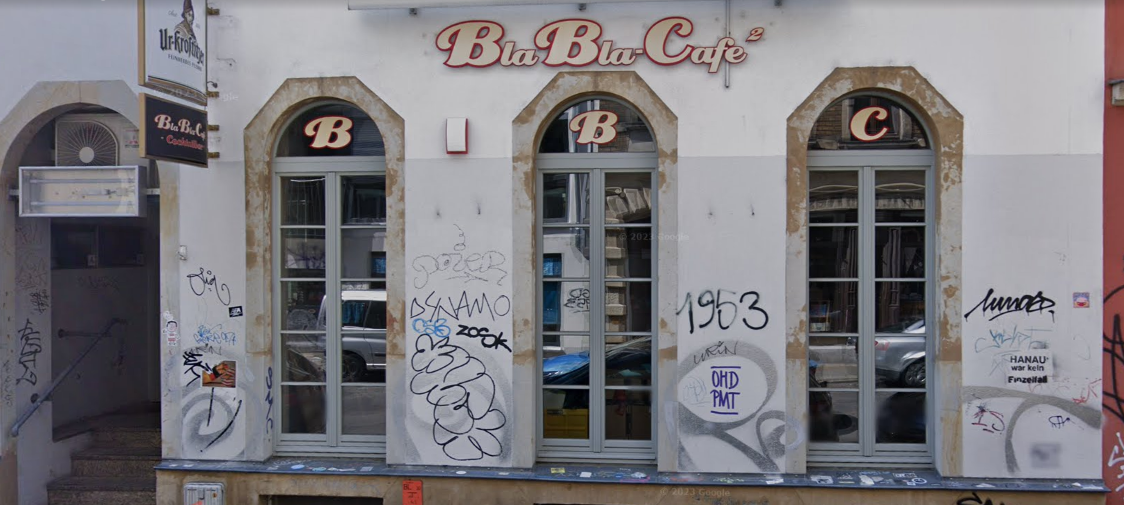
10. Outer (Außere) Neustadt — Club & Bar Scene
If you keep walking north a few blocks you will leave Innere Neustadt and find yourself in Äußere Neustadt — or “Outer” Neustadt — the part of the Neustadt that is located outside of where the old city walls used to be. Today the area is known for its thriving bars and clubs.
Where the two sections of town meet — to the west — is the Aubere Neustadt train station (see 1st section above).
11. Visiting Volkswagen Transparent Factory
The Volkswagen Transparent Factory was a heavily billed tourist attraction in the 2005-2015 time period, as Volkswagen was showing off the inner workings and construction of its next-generation Phaeton model, in the new, modern, glass-structured factory.
Volkswagen stopped making the Phaeton in 2016, but the factory is now making Volkswagen’s next generation of electric vehicle — the ID.3.
Volkswagen still offer public tours. I didn’t take the tour when I was in Dresden but you might want to.
More information on the factory, including how to book a public tour is here: https://www.glaesernemanufaktur.de/en/
12. Where to Stay
I stayed at a hotel on the North bank (or Right Bank) of the River Elbe — the Bilderberg Bellevue Hotel, where we held the user conference. It was a very nice, elegant hotel that currently prices at just over $100 a night. Highly recommended. There are many nice hotels in downtown Dresden that currently price at that same number.
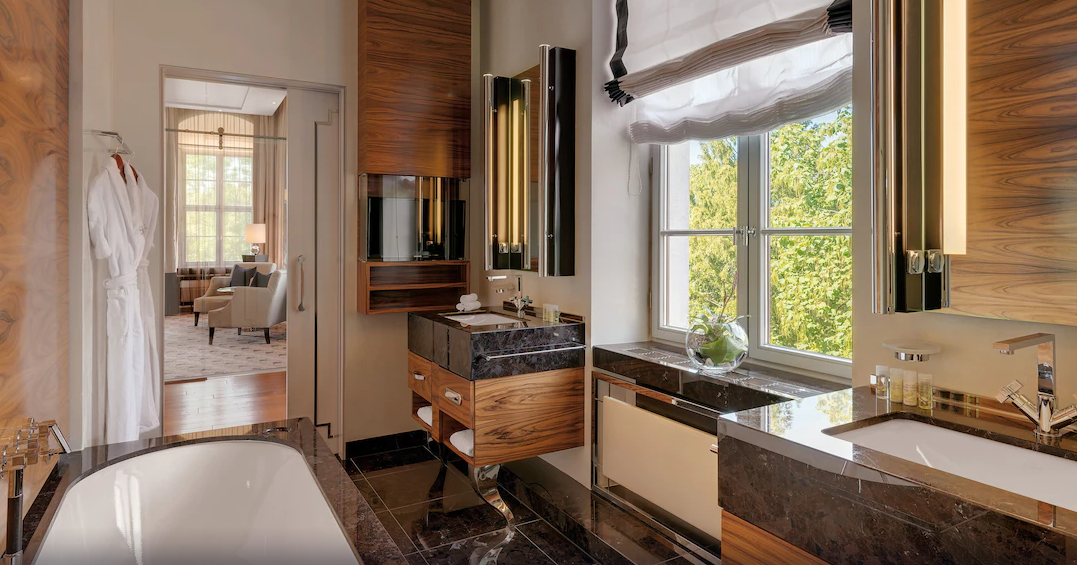

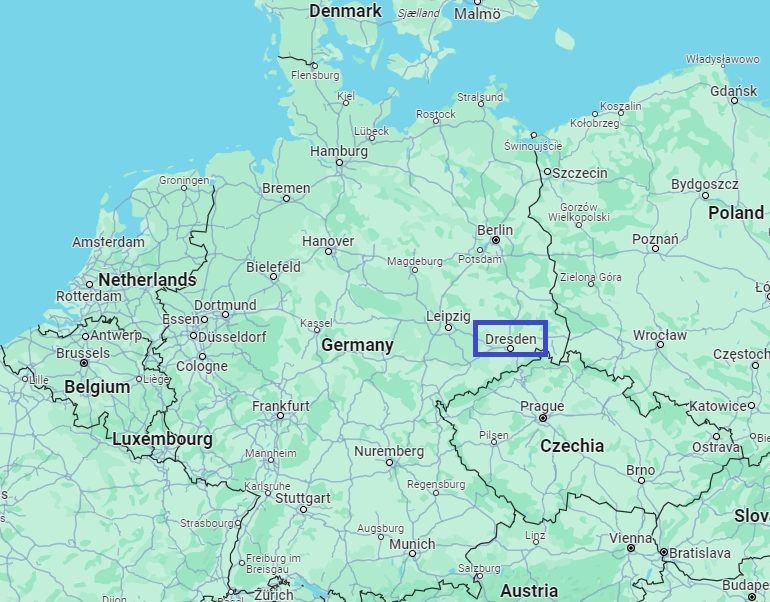
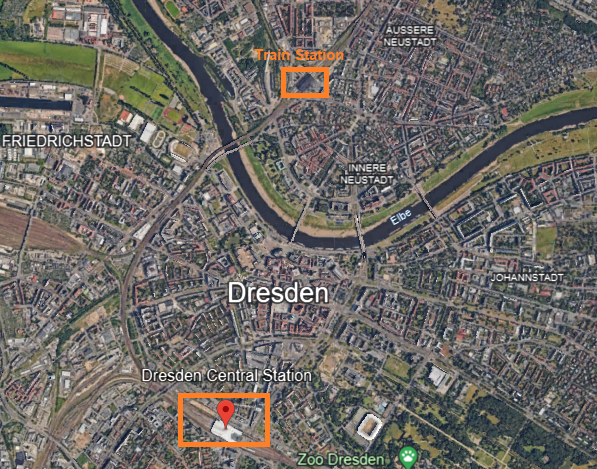

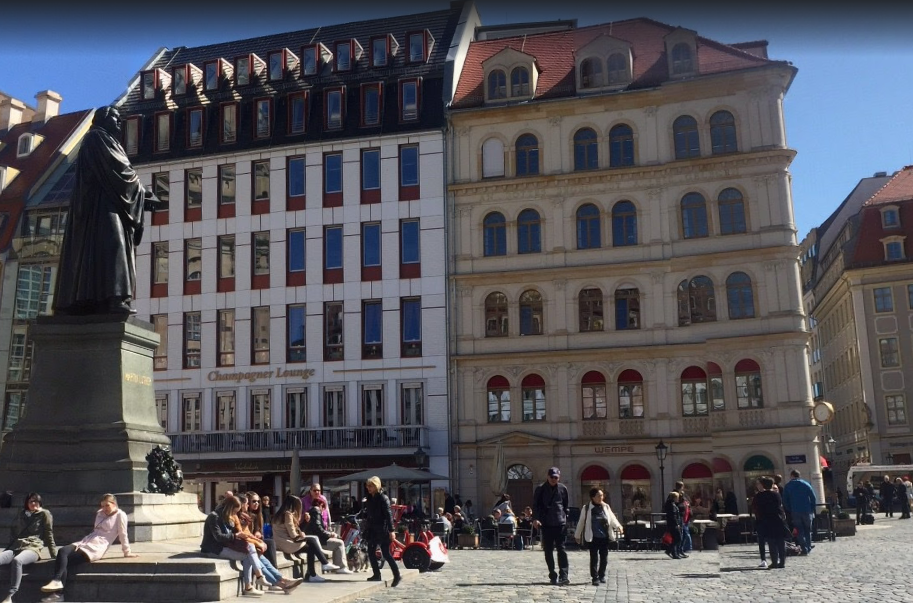
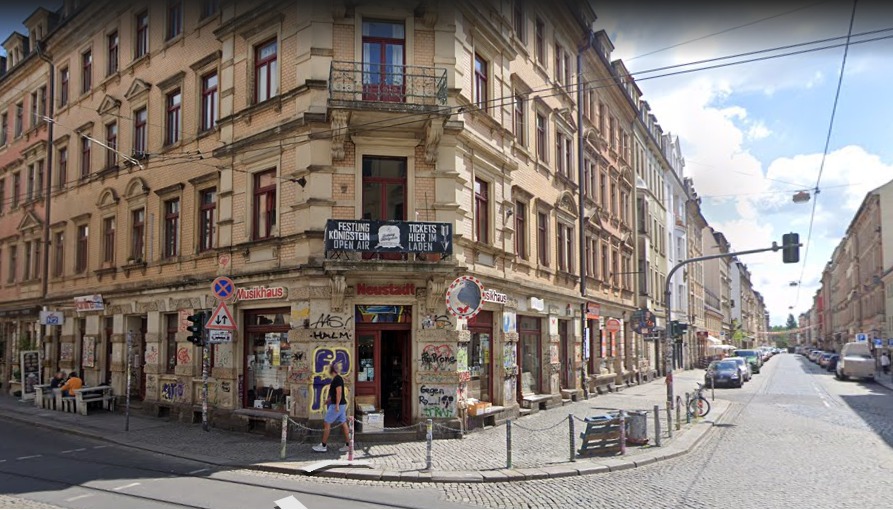
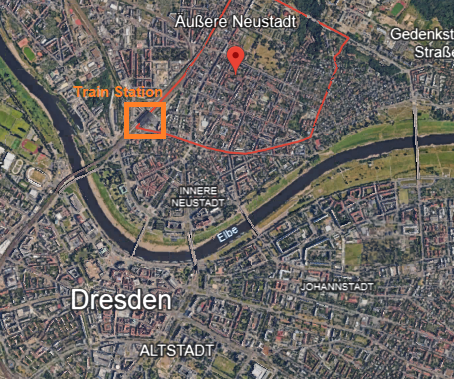
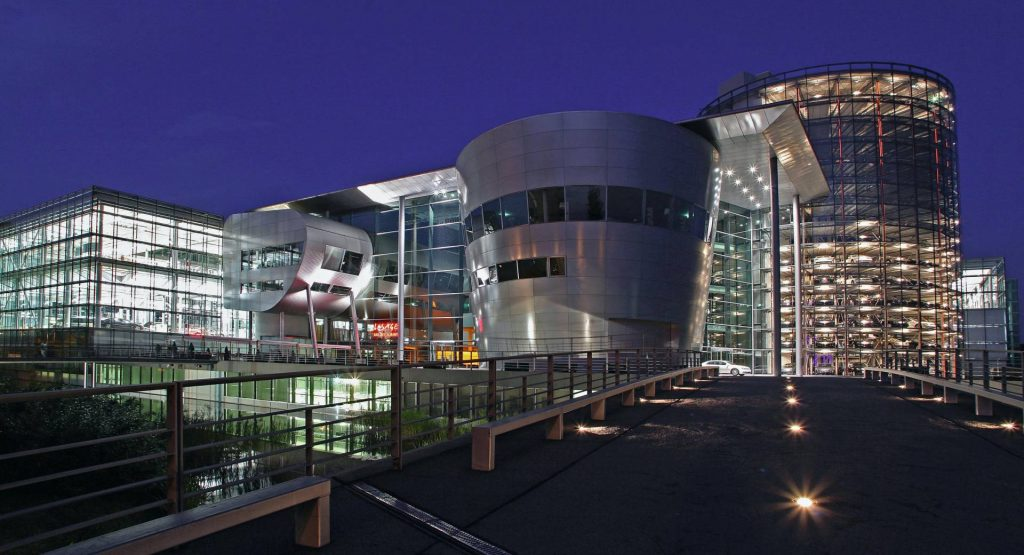
Be the first to comment